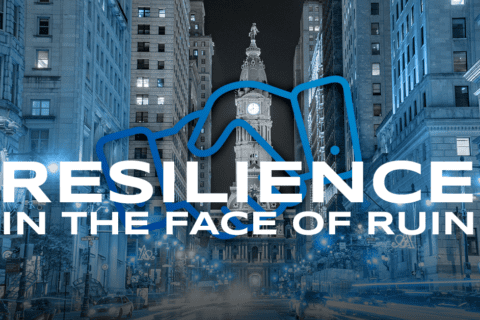I-95 Bridge Collapse: Resilience in the Face of Ruin
Shock has echoed through much of the US as the northeastern US witnessed an unforeseen disaster. A fuel tanker truck caught fire and ultimately resulted in a calamitous collapse of a vital portion of Interstate 95 in Philadelphia. The tragedy took not only the life of an experienced and brave trucker but also significantly disrupted a crucial artery of the northeast’s commerce, affecting industries across Pennsylvania and nationwide. With the interstate accommodating around 150,000 vehicles daily, 9% of which being trucks, its sudden unavailability rings alarm bells for potential supply chain disruptions. Decoding the Disruption: A Trucking Dilemma The abrupt closure poses a significant challenge for trucking companies, who must now find creative and efficient means of devising detour routes while continuing the delicate juggle that is keeping cost and time increases in check. Rebecca Oyler, President of the Pennsylvania Motor Trucking Association (PMTA), suggests potential solutions: rerouting via alternate paths like Interstate 81, and legislative intervention to grant temporary toll waivers on the Pennsylvania Turnpike as well as implementing hours-of-service waivers. Ripples in the Community: Impact Beyond Logistics This major disruption doesn’t stop at logistics and supply chains; it seeps into the heart of Philadelphia’s community and industrial sector. From port facilities to manufacturing units, the area’s diverse industrial businesses are already bracing themselves for the potential impact of the incident. Despite these hurdles, the community’s resilience shines as drivers gradually adapt to the evolving detours, and the industry rallies together to minimize service interruptions. A Phoenix Rising: The Path to Resilience Amidst adversity, the commitment of state officials to accelerate the repair process offers a beacon of hope. Leveraging federal and state funds to restore normal traffic flow on the interstate demonstrates a firm focus on resolving these issues in order to ensure a successful rebound. The incident, albeit unfortunate, underscores the strength and adaptability of the logistics and supply chain sector, as well as the wider community. Conclusion: Resilience in the Face of Unseen Challenges The I-95 catastrophe undeniably presents significant challenges to the logistics and supply chain industry and the wider community. However, industry leaders’ determined response, potential legislative support, and community adaptability set the stage for a resilient recovery. As the interstate’s repair may take months, the industry and community’s collective resilience ensures they can weather this storm, emerging stronger and better equipped for future challenges. If you made it to this part of the article, we’d just like to take a moment to thank you for taking the time to read this weekly recap. Be safe out there and as always, If you’re in search of CDL A, B, or warehouse positions, check out our open positions. And if you need staffing solutions for commercial driving or industrial positions, be sure to explore our offerings.


Recent Comments